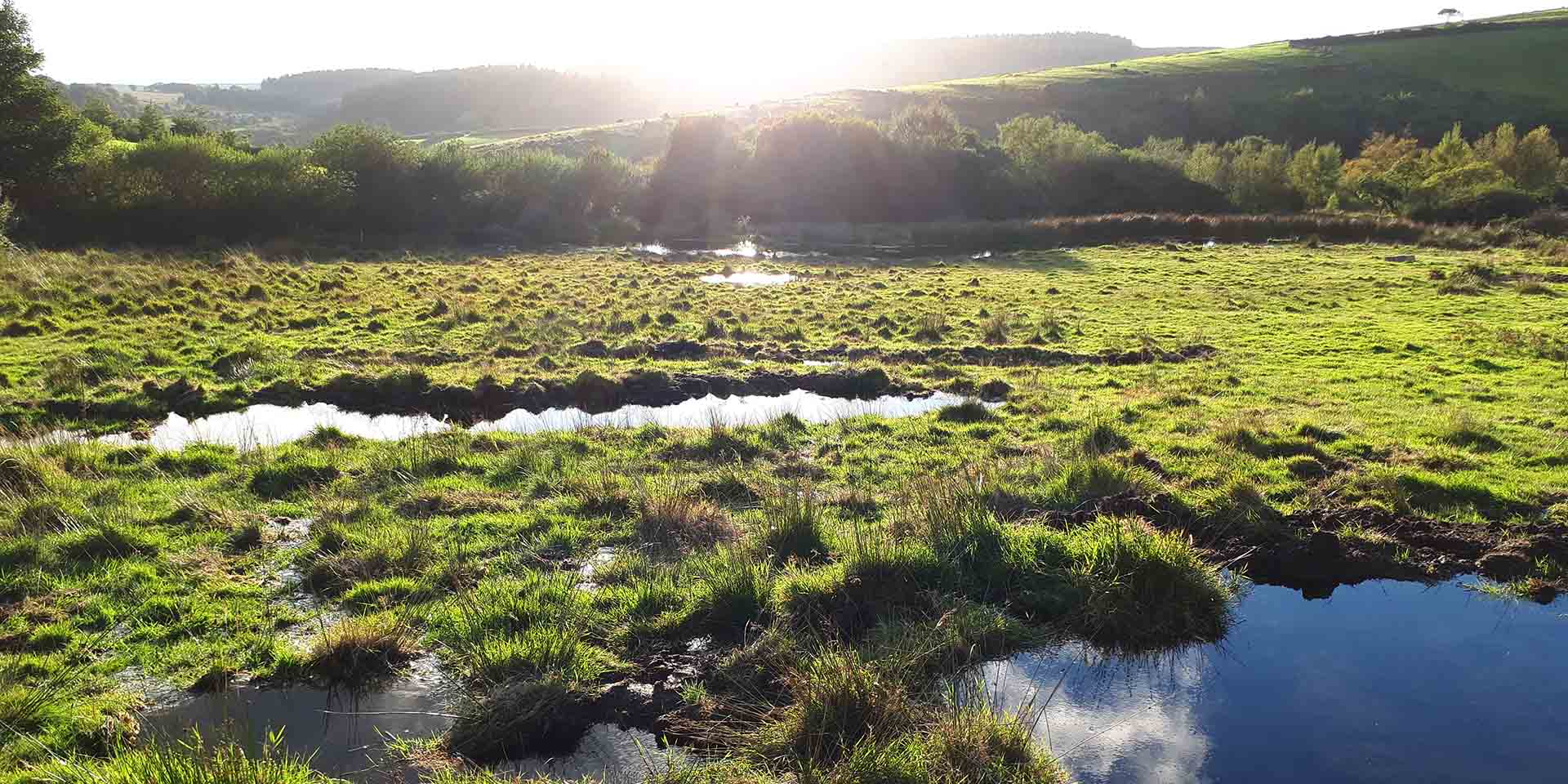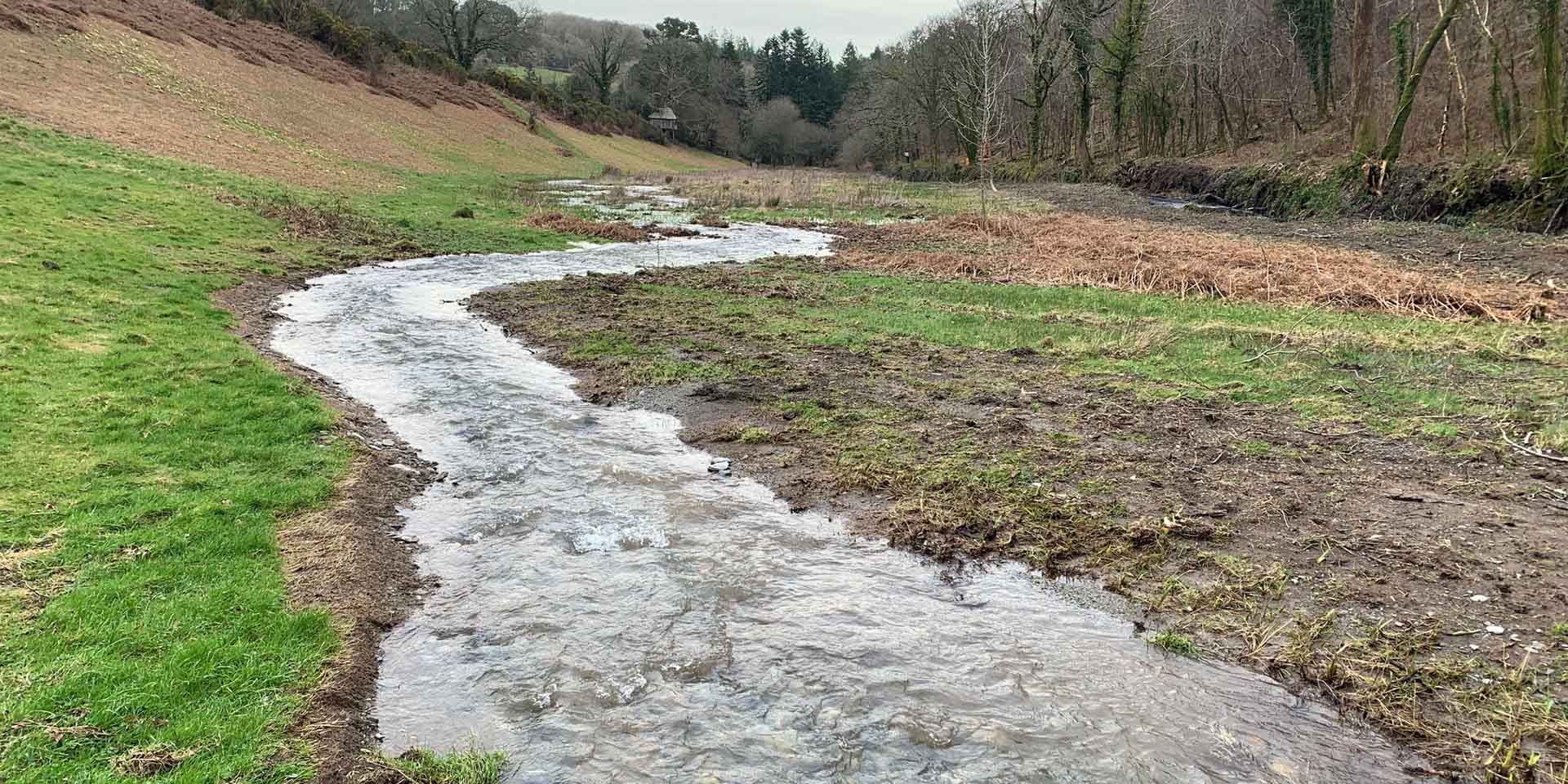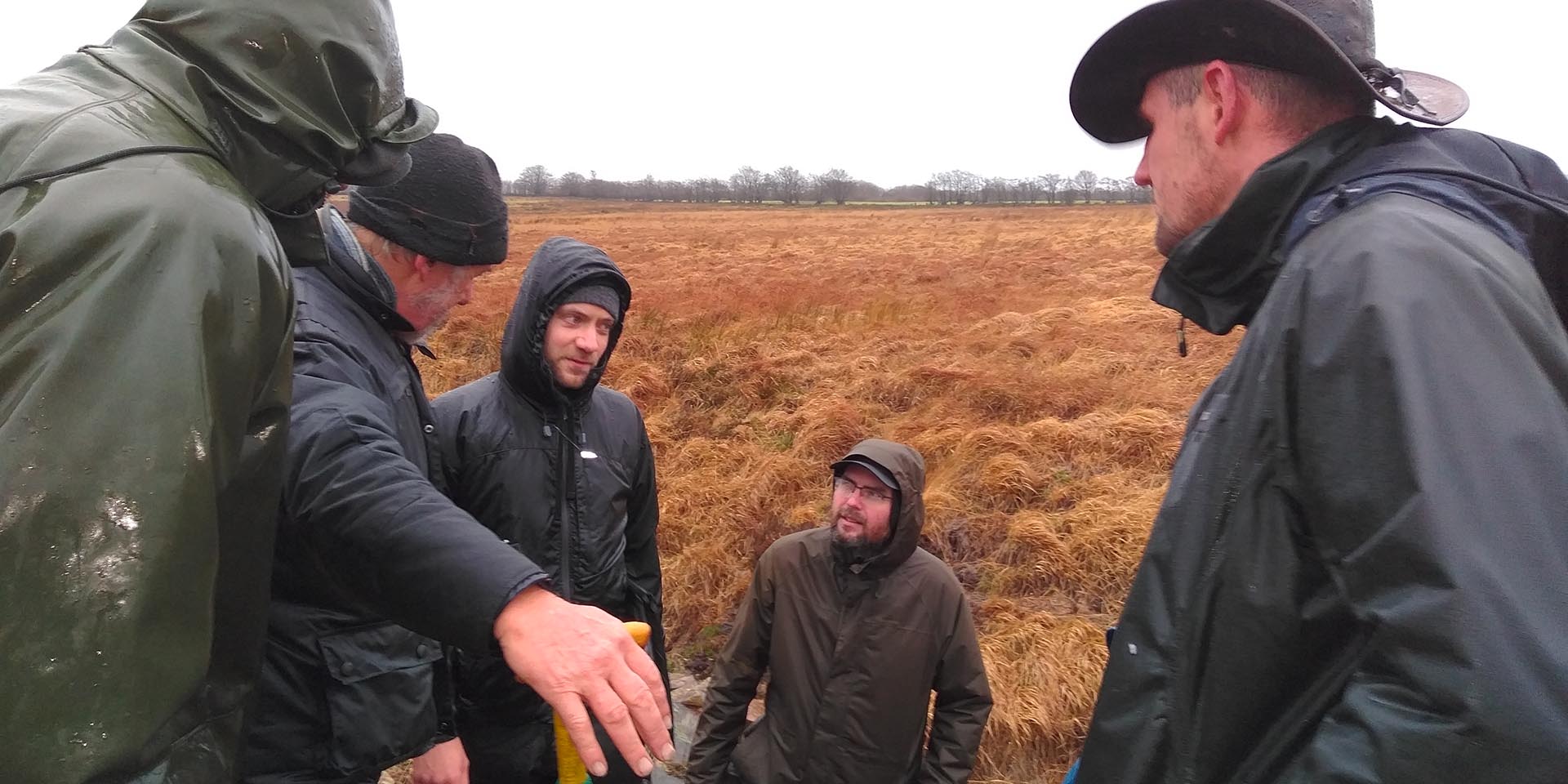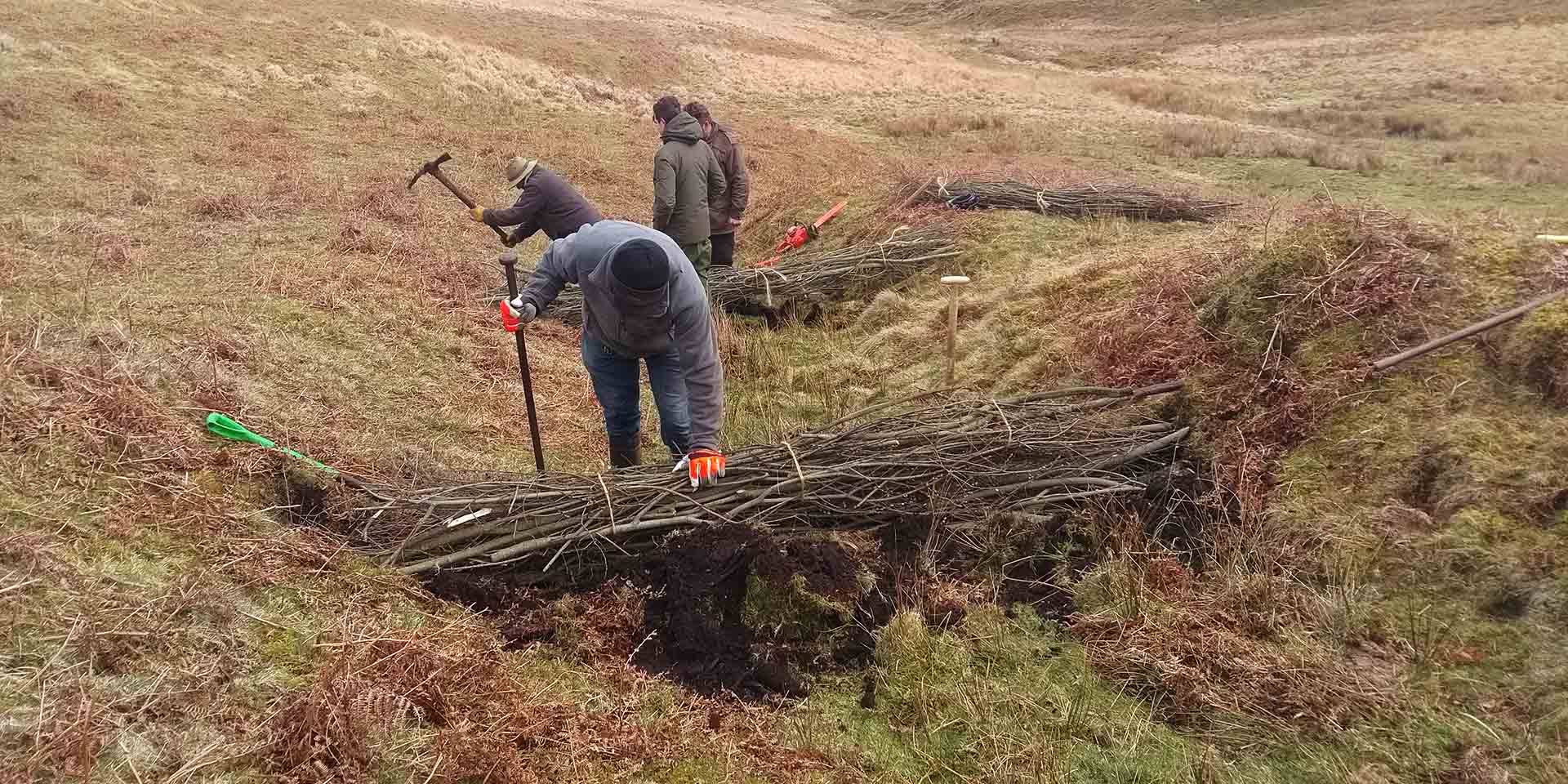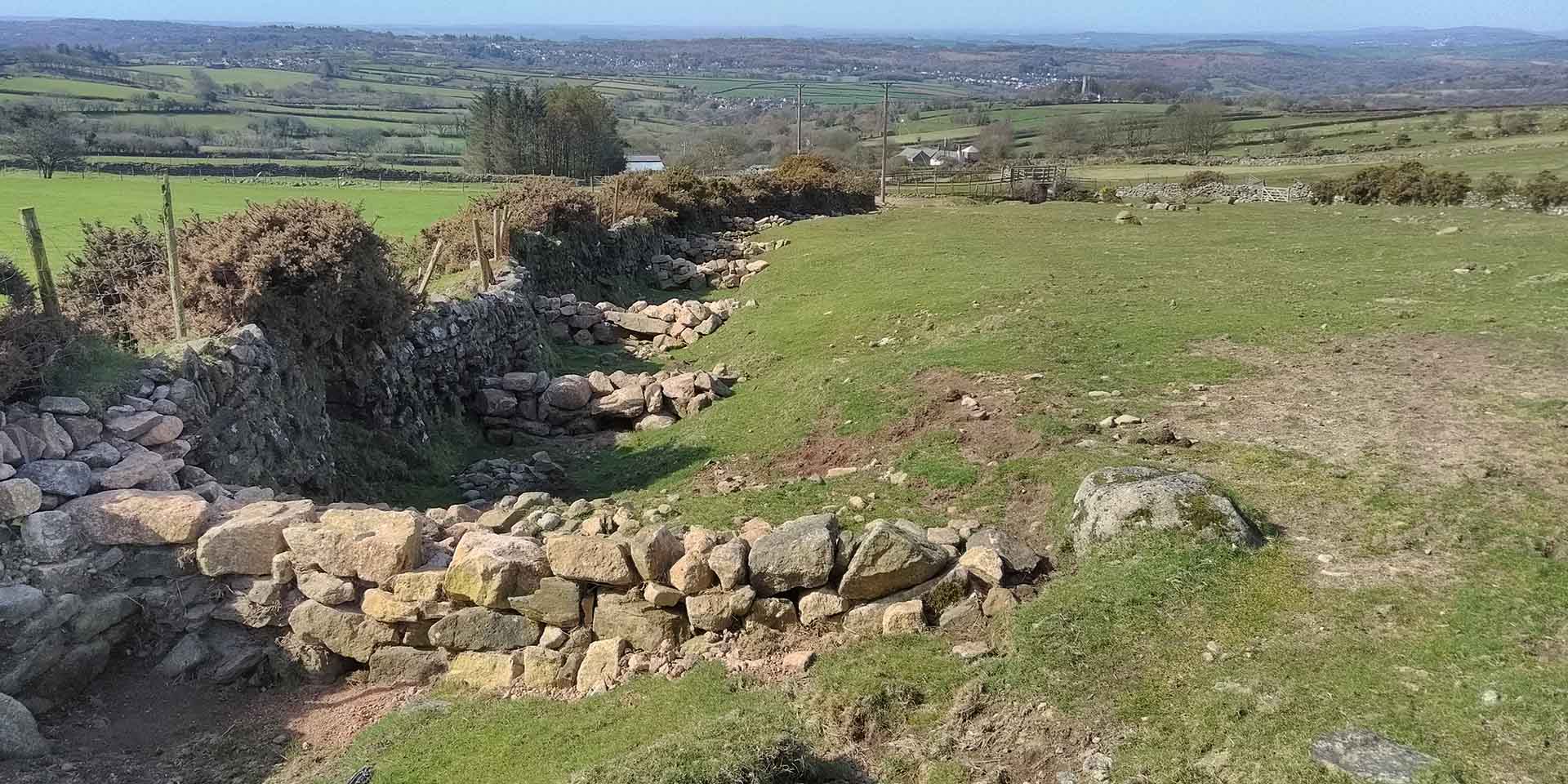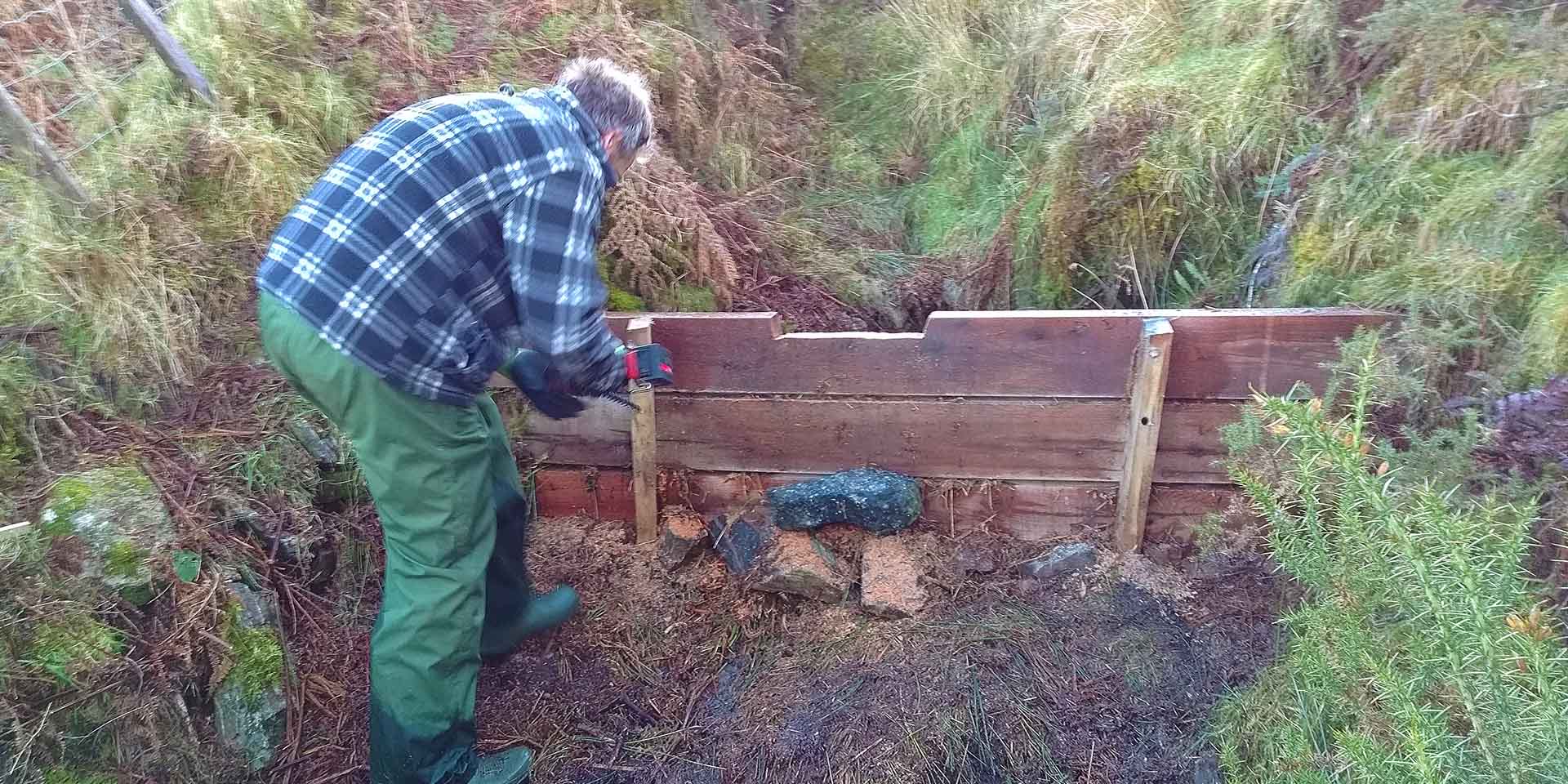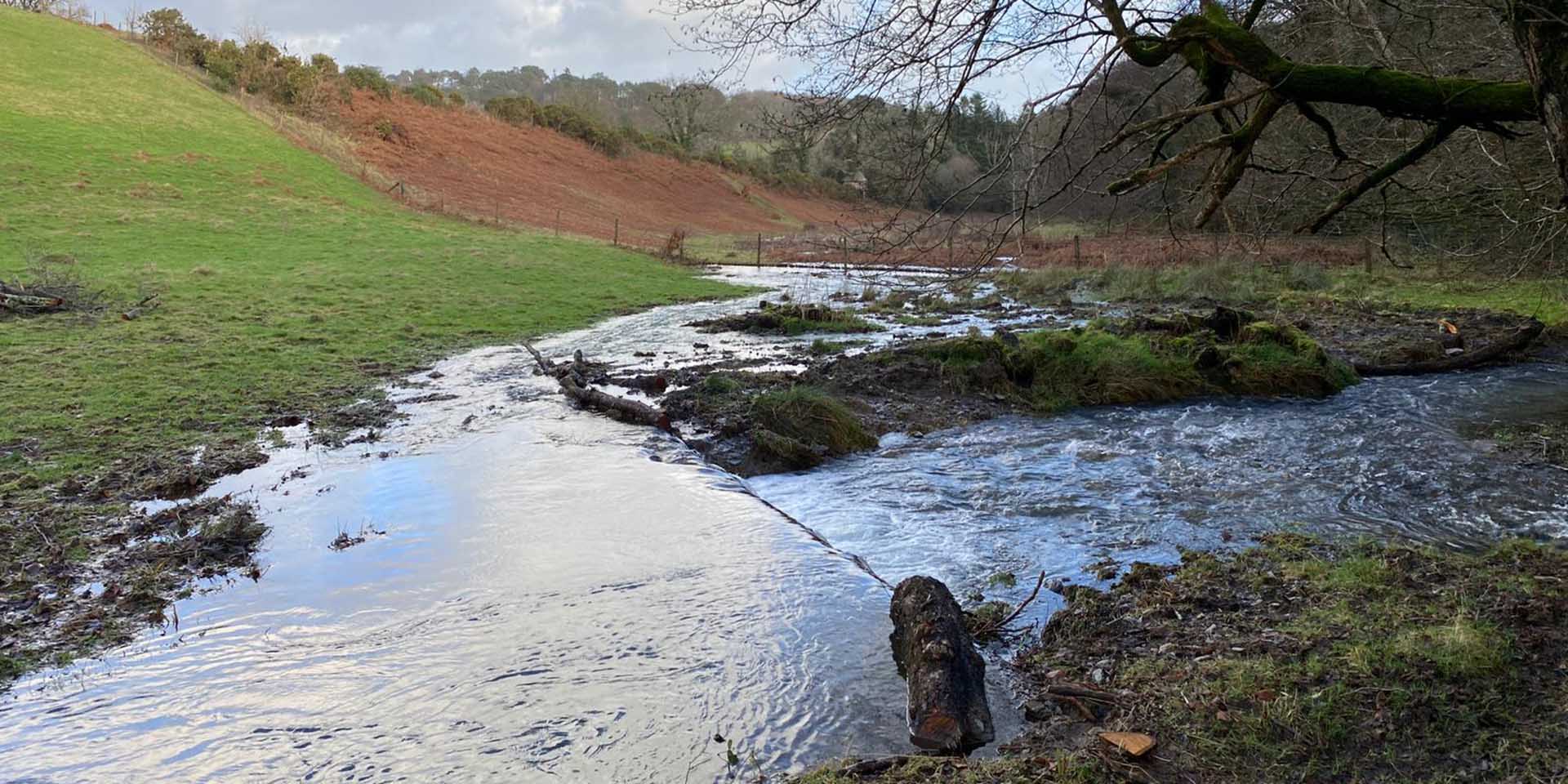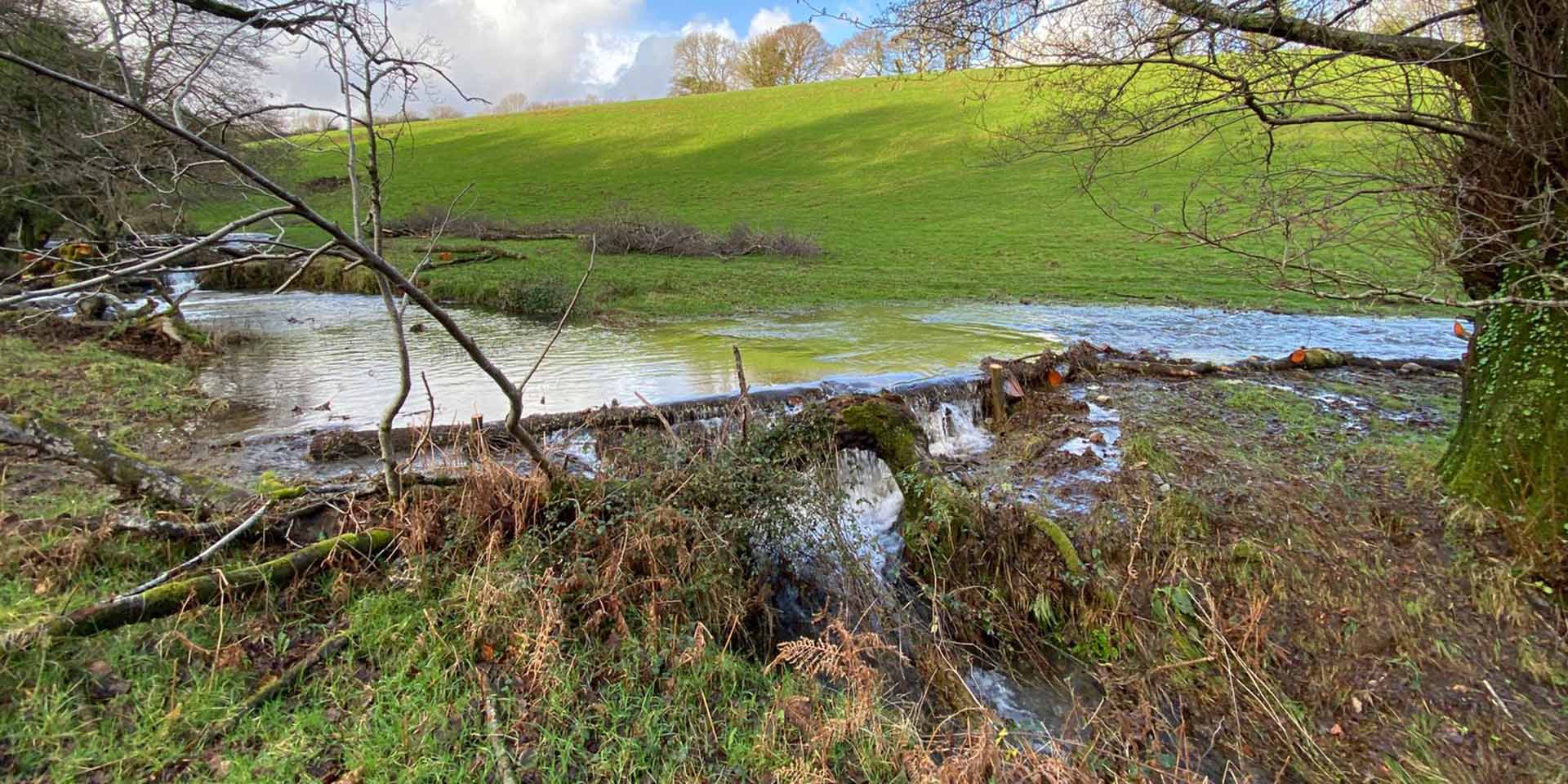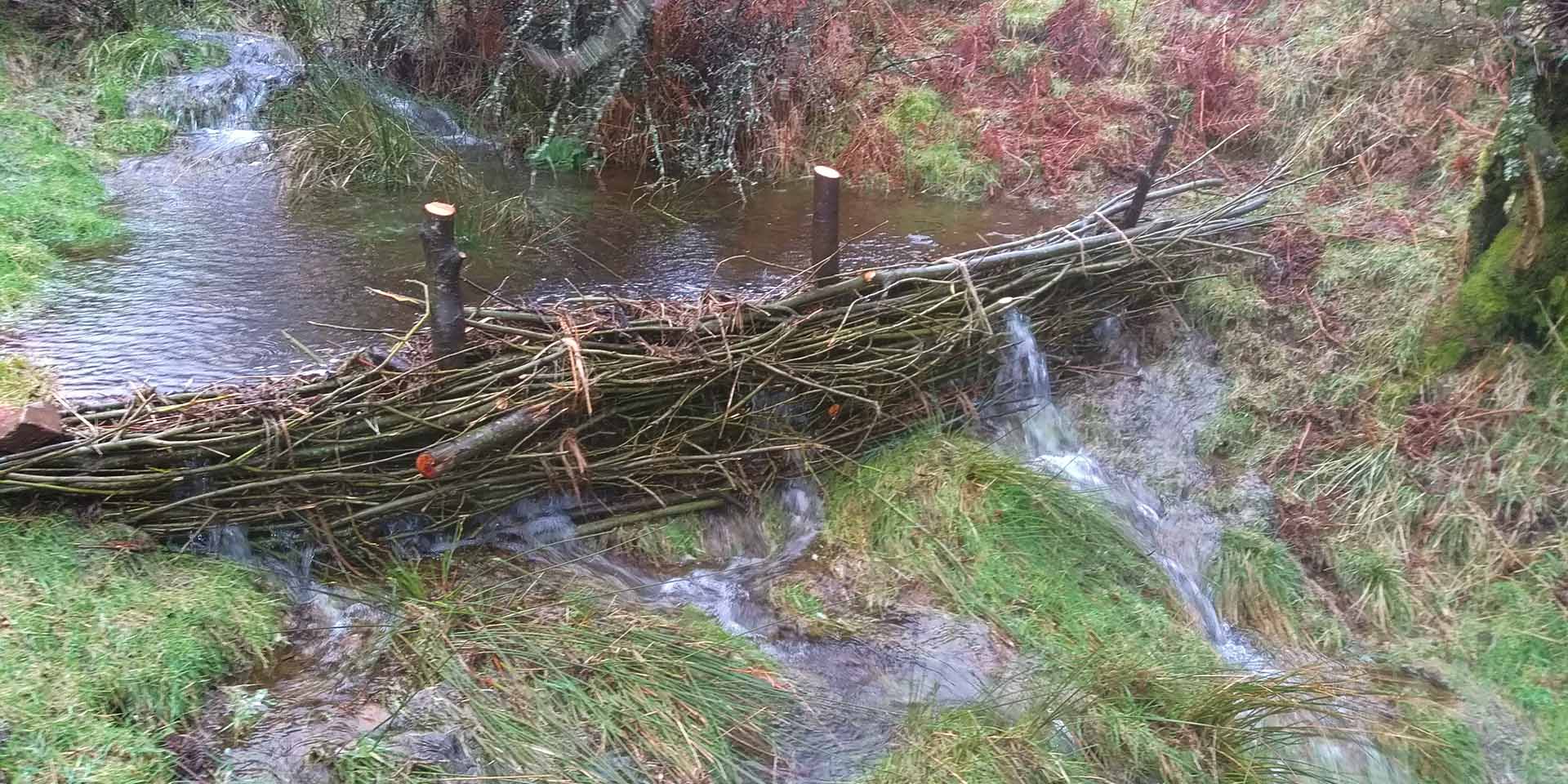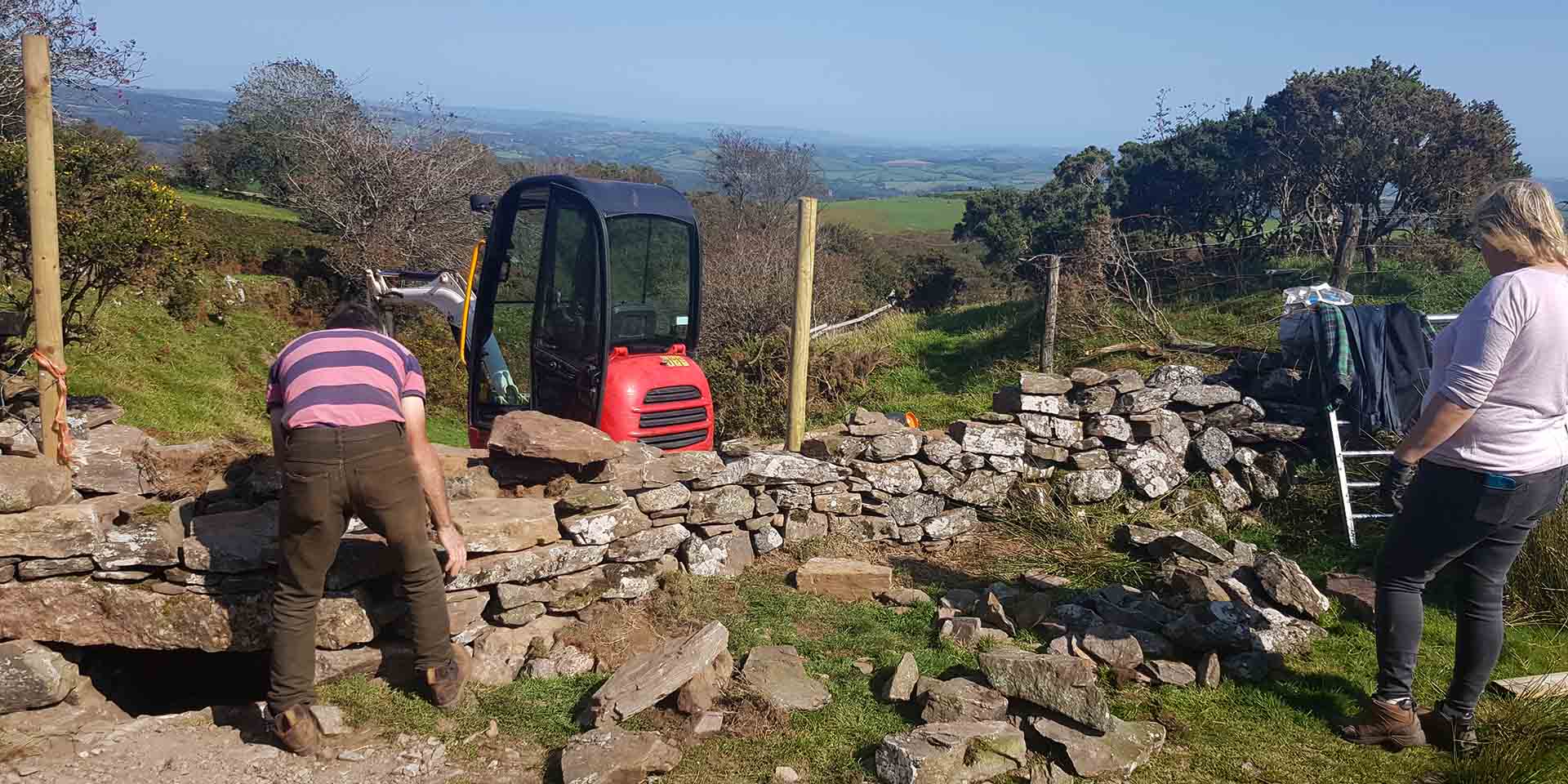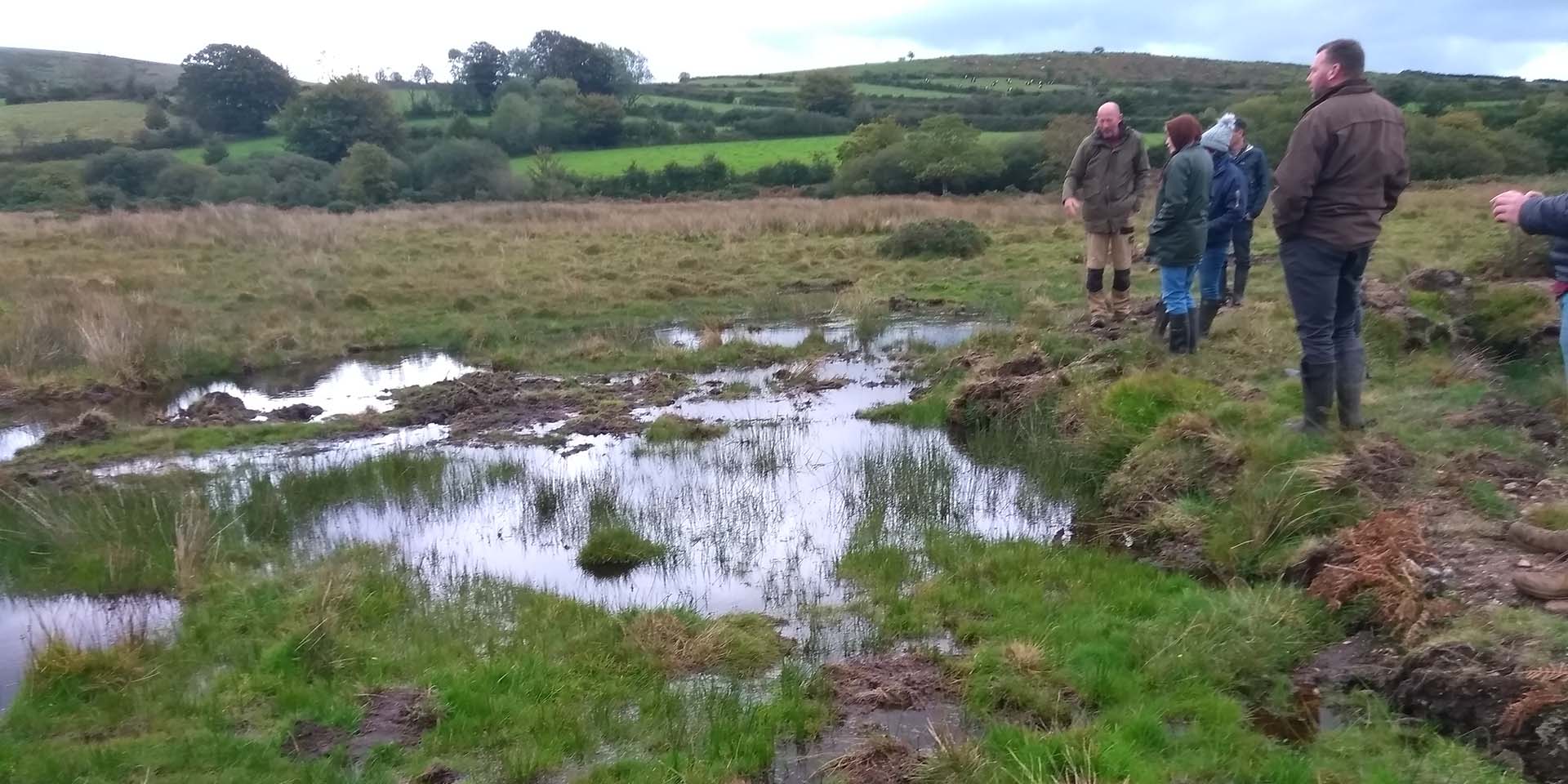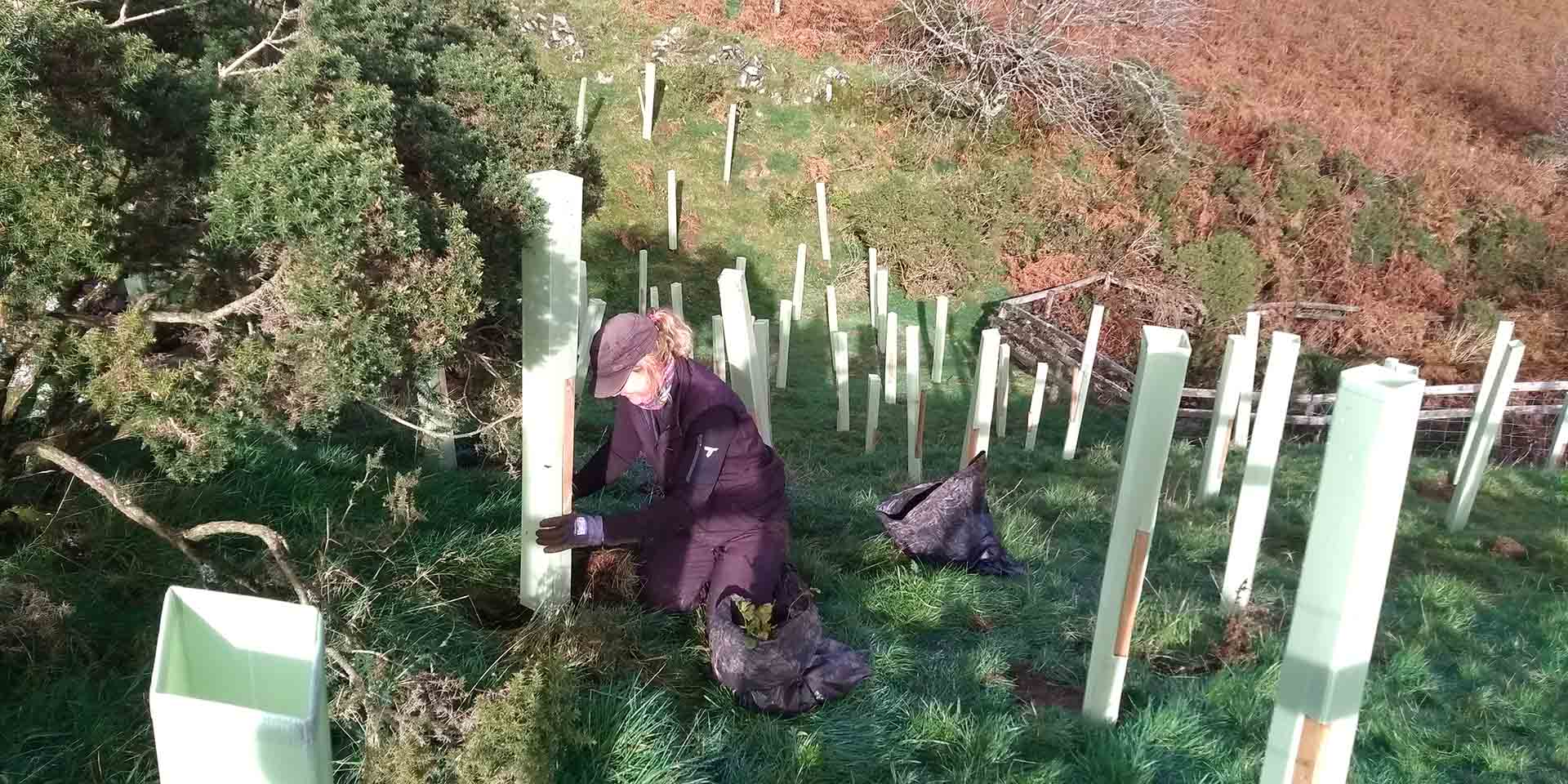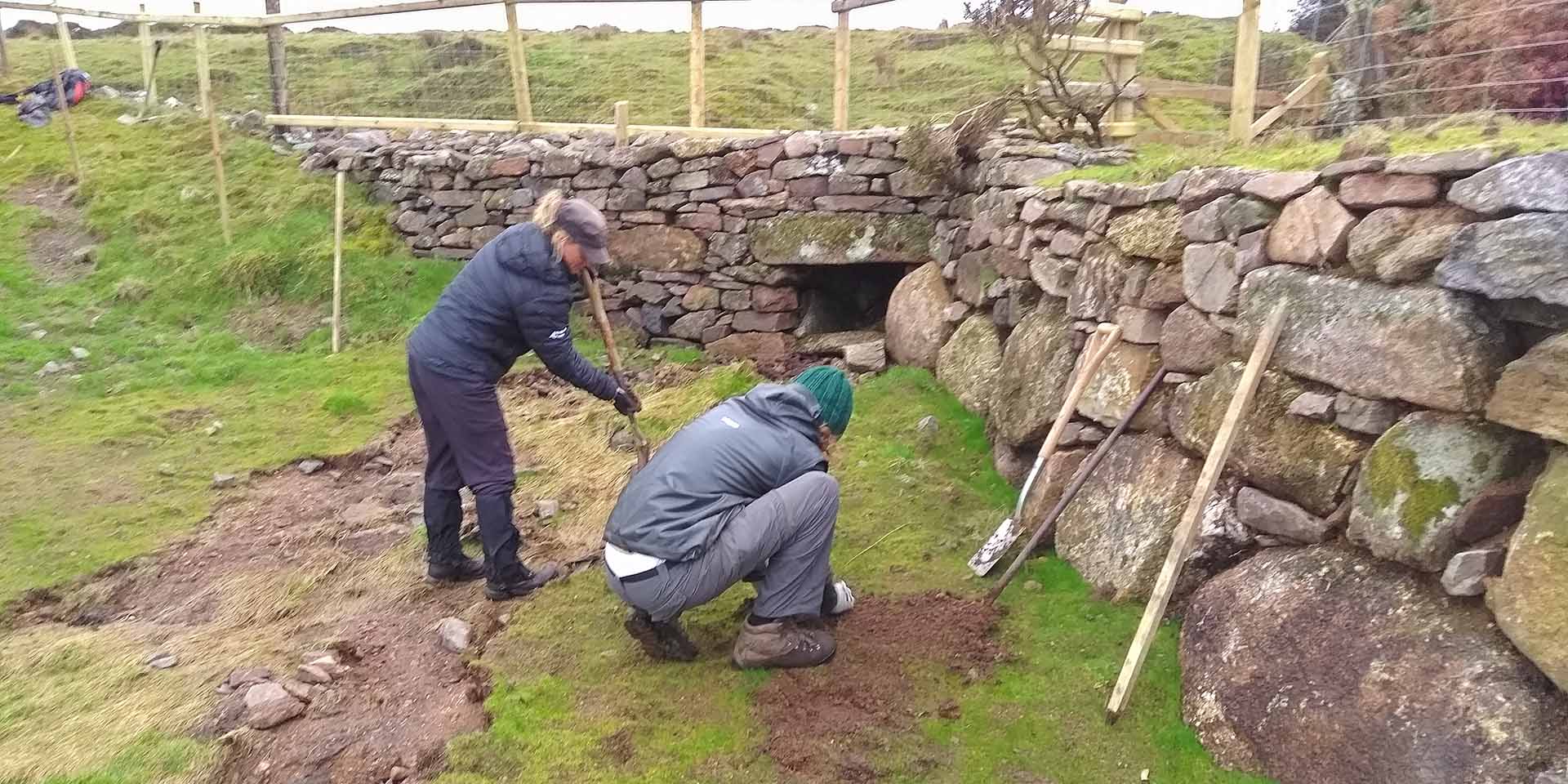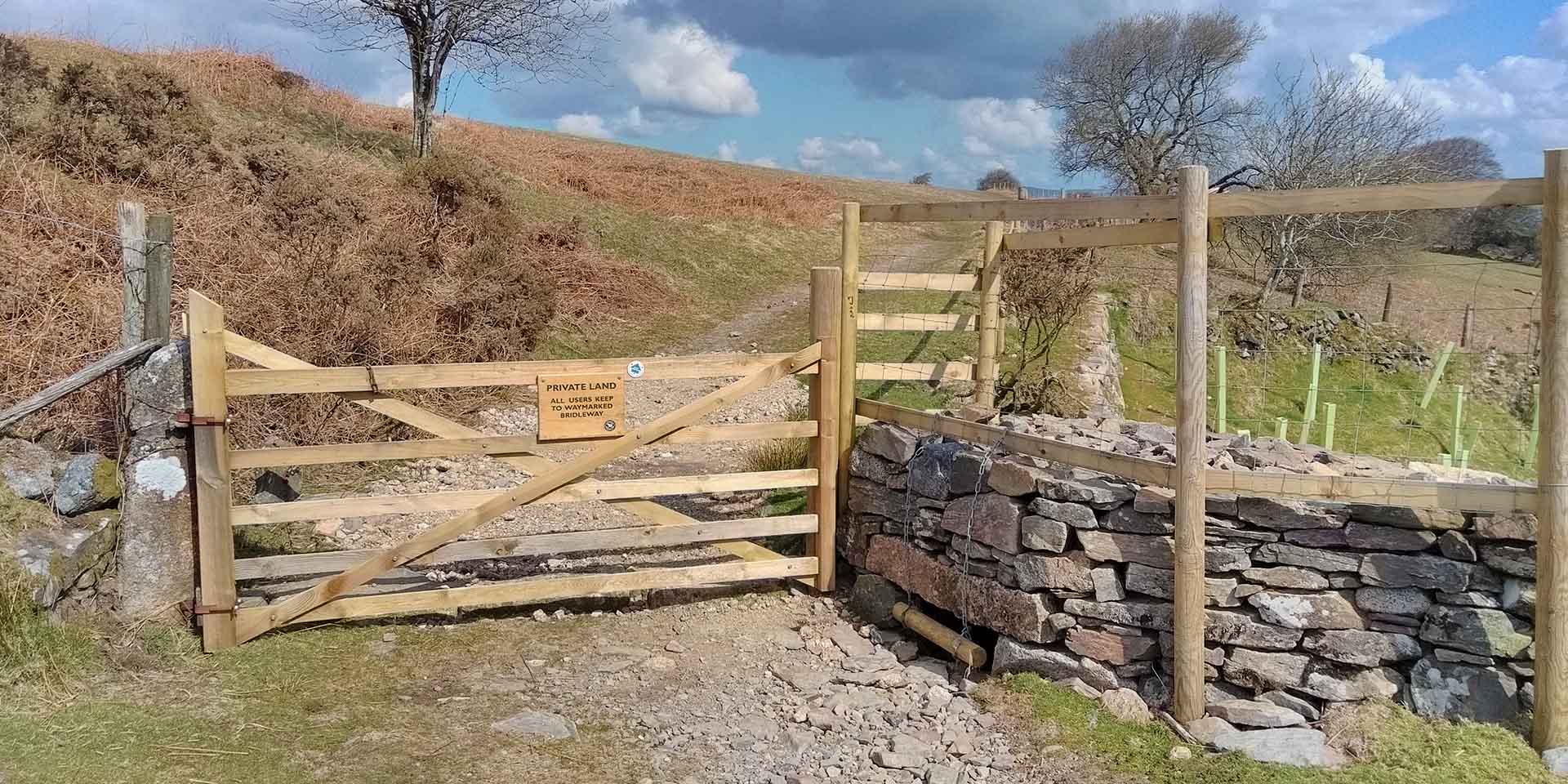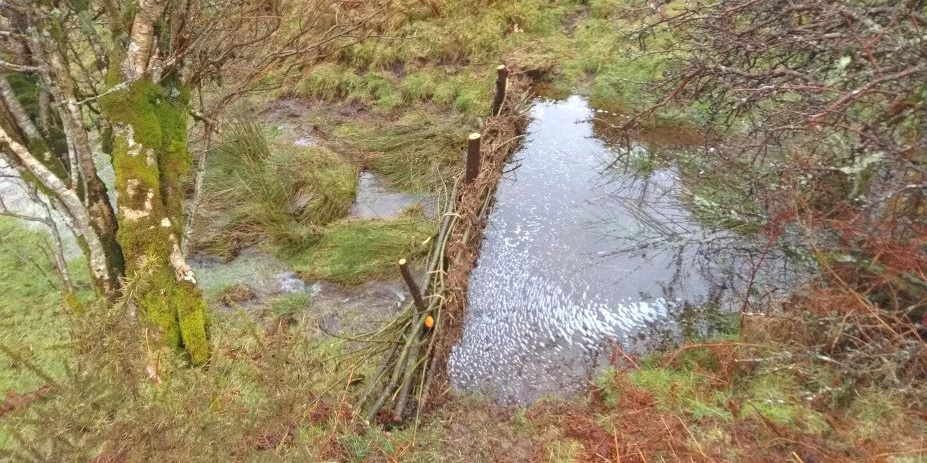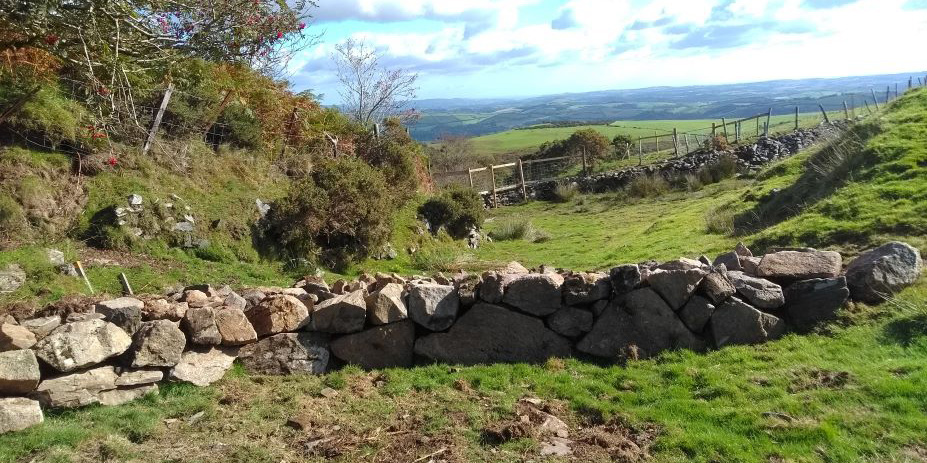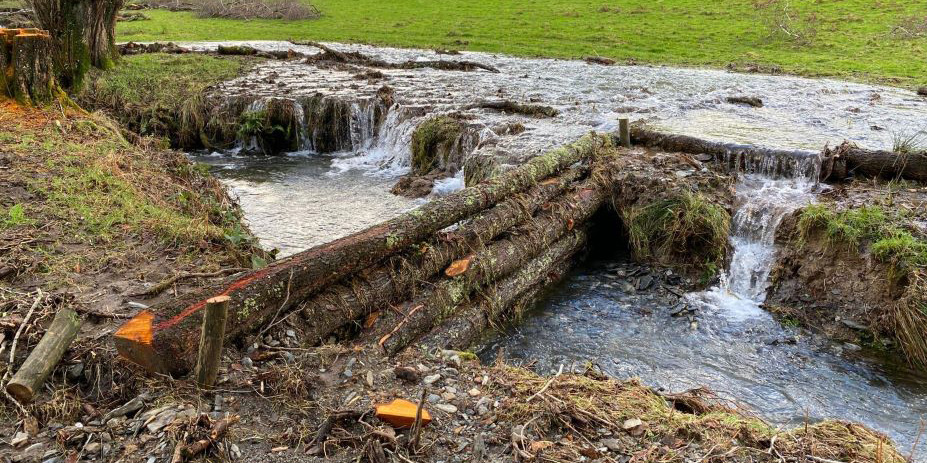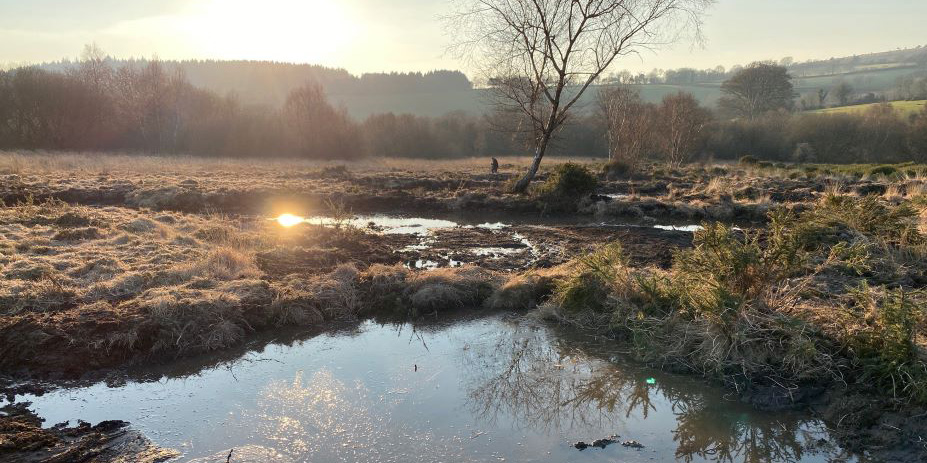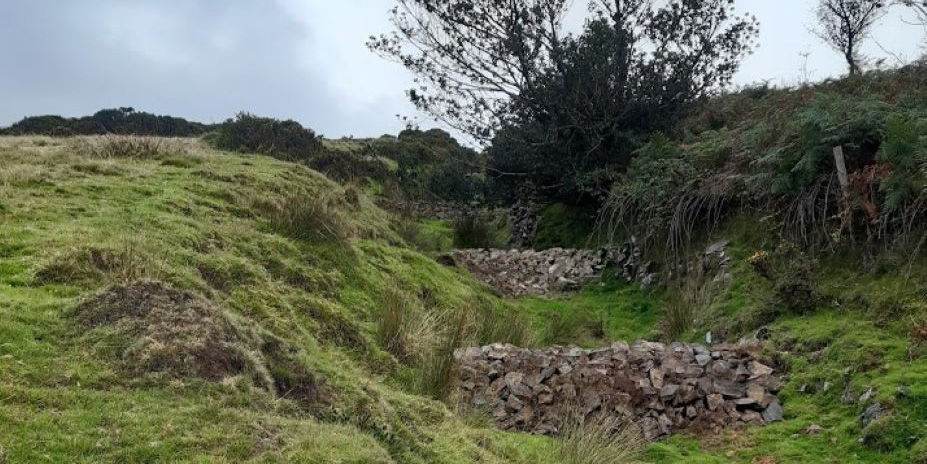Dartmoor Headwaters Natural Flood Management Project
We are eager to work with landowners, farmers and commoners to slow and store water. We can offer advice on creating, enhancing, restoring, and maintaining habitats and structures that will deliver our objectives to reduce flood risk as well as improving biodiversity and other benefits. The project can fully fund capital works to achieve these goals, such as:
- Improving soil condition
- Floodplain reconnection
- River restoration
- Peatland restoration
- Tree planting
- Leaky dams
- Wetland restoration
- Valley mire restoration
- Water storage ponds
The project prioritises work in the following catchments; the Yealm, Erme, Bovey, East and West Okement, Mardle and Dean Burn, Hanger Down, Colley Brook and the Black Brook. However, we can offer advice to other areas of Dartmoor outside of these catchments.
History of the project
Why do we need Natural Flood Management on Dartmoor?
Rain falling on Dartmoor travels quickly through the river catchments to surrounding farms, villages and towns, where over 21,000 properties are at risk of flooding. Water travels fast due to the underlying granite geology, steep topography of the land and historical and current land management. Climate change predictions suggest that Dartmoor will experience more intense and frequent rainfall events and projections predict that southern parts of the UK will experience drier summers, putting pressure on the availability of water, so we need to help reduce flood risk to communities around Dartmoor and improve Dartmoor’s drought resilience.
Pilot project
Between 2018-2021, the Dartmoor Headwaters programme piloted a natural flood management project through the Environment Agency’s £15 million Natural Flood Management Programme, which funded a total of 60 projects.
On Dartmoor natural flood management interventions were delivered on the Mardle and Dean Burn (upstream of Buckfastleigh), Hanger Down (upstream of Ivybridge), Colley Brook (upstream of Peter Tavy) and Black Brook (upstream of Walkhampton), where the project installed ~350 timber, stone and willow leaky dams, planted 6,000 trees to increase infiltration and reduce surface water runoff, and funded 75 hectares of peatland restoration in addition to river restoration and floodplain reconnection.
The project also worked with partners to influence activities such as livestock grazing to improve soil health and reduce soil compaction and supported a PhD with Plymouth University to understand the impact of planting woodland on upland areas on flooding.
The photo gallery below shows examples of interventions the project has delivered:
Working in partnership
The Dartmoor Headwaters programme’s natural flood management project is delivered in partnership with Dartmoor National Park Authority, the Environment Agency and Devon County Council. The project is working to secure further funding through the Environment Agency to scale up delivery of natural flood management on Dartmoor. The Dartmoor Headwaters team collaborate with a variety of local partners and contractors to deliver this vital work.
Get in touch
For enquiries please contact the Dartmoor Headwaters team mailbox.

